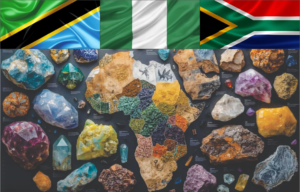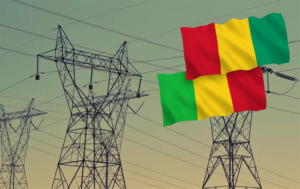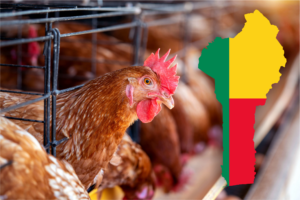South Africa’s Growth Streak: Behind the Numbers, Lives on the Line
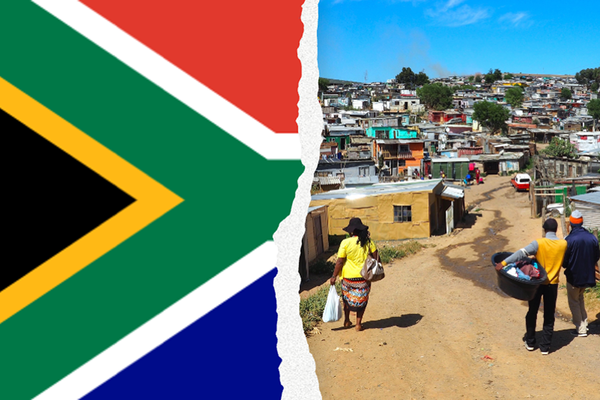
South Africa’s economy is showing signs of resilience. After years of stagnation, rolling blackouts, and global shocks, Africa’s most industrialized nation is on track to extend its GDP growth streak for a third consecutive quarter. The second quarter of 2025 is projected to see 0.4% growth, driven largely by rebounds in mining and manufacturing.
But while economists celebrate the numbers, everyday South Africans ask a more pressing question: does growth on paper translate into dignity, jobs, and stability on the ground?
At first glance, the rebound seems encouraging. The mining sector—long the backbone of the economy—has seen renewed demand, particularly for platinum and gold. Manufacturing, too, has staged a comeback, buoyed by auto exports and consumer goods.
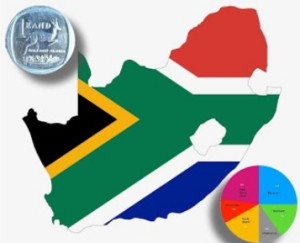
Yet South Africa remains a nation of stark contrasts. Alongside the headlines of GDP expansion, the country grapples with an unemployment rate of 33.2%, one of the highest in the world. In townships outside Johannesburg and Cape Town, joblessness translates into daily struggles: parents skipping meals so children can eat, university graduates standing in long queues for scarce opportunities, and communities relying on informal economies to survive.
Take Thandi, a 27-year-old with a degree in economics from Pretoria. Despite her qualifications, she has been job hunting for nearly two years. “They talk about growth,” she says, “but it feels like growth for numbers, not for people like us.”
Her story mirrors millions of others. Economic growth in South Africa often fails to trickle down into tangible job creation. The benefits concentrate in corporate boardrooms, foreign investors, and commodity exporters, while millions of young South Africans remain excluded.
South Africa’s growth streak is not accidental. Government efforts to stabilize energy supply, reform state-owned enterprises, and encourage investment in renewable infrastructure have played a role. Finance Minister Enoch Godongwana has framed the rebound as proof that policy discipline is paying off.
Yet looming threats persist. New U.S. tariffs, particularly on South Africa’s automotive and agricultural exports, cast a shadow over future quarters. With the U.S. as a key trading partner, any disruption could unravel recent gains.
![]()
Domestically, political pressures complicate the picture. As elections near, opposition parties accuse the government of celebrating “growth statistics” while ignoring mass poverty, crime, and corruption. The ruling African National Congress faces the delicate task of turning macroeconomic wins into visible improvements for households, lest frustration spill into protests.
South Africa is no stranger to inequality. It remains one of the most unequal societies in the world. Economic growth, when coupled with high unemployment and rising living costs, risks deepening social divides.
In rural provinces, communities still lack reliable water and electricity. In urban centers, service delivery protests erupt regularly, signaling citizens’ anger at unfulfilled promises. For many, the perception is that growth benefits a small elite while leaving the majority behind.
Civil society organizations warn that unless GDP expansion translates into healthcare, education, and job creation, South Africa’s fragile social contract will continue to fray. “A nation cannot live on growth percentages alone,” says activist Sipho Dlamini. “We need growth that heals, not just growth that counts.”
South Africa’s future sits at a crossroads. On one hand, the growth streak shows resilience: a nation battered by pandemic shocks, global inflation, and energy crises is proving it can recover. On the other, structural unemployment, trade risks, and inequality threaten to undermine momentum.
For South Africans like Thandi, the measure of success will not be GDP figures but the ability to find meaningful work, support their families, and feel included in their nation’s progress.
South Africa’s growth story is not simply about mining surpluses or manufacturing rebounds, but it’s about people. It is about the millions still locked out of opportunity, the families hoping for relief from unemployment, and the youth whose patience is running thin.
If South Africa can transform statistical growth into human growth, jobs, dignity and shared prosperity, it will not just extend a streak, it will rewrite its future.



